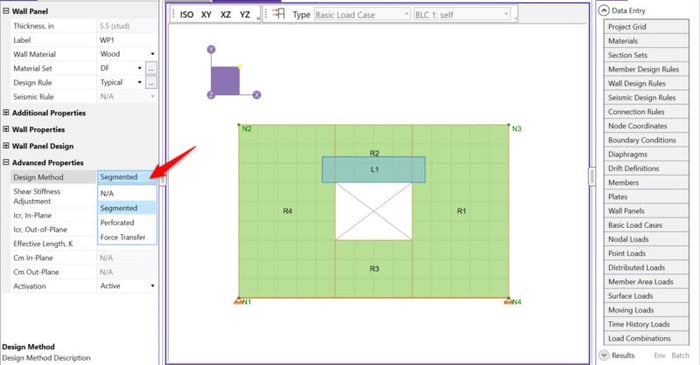
January 3, 2019
What wood wall design method should I use?
RISA-3D is one of the few pieces of software on the market offering wood shear wall analysis and design accompanied by multiple design methods to best suit your detailing needs.
With RISA’s latest release of RISA-3D v23.0.1, we’re continuing to expand support for IBC 2024, helping engineers stay aligned with the latest building code requirements as adoption accelerates across the U.S.—including federally funded projects. This release builds on v23.0.0 ASCE 7-22 enhancements and adds key material design updates that move RISA further into full IBC 2024 compliance. New Material Design Updates Supporting IBC 2024 The upcoming release introduces several important design code updates referenced by IBC 2024, including: Steel Seismic design per AISC 341-22 Prequalified connections per AISC 358-22 Continued support for AISC 360-22 (16th Edition) steel design Ongoing updates to the hot-rolled shape database, including compatibility with both 15th and 16th Edition steel manuals These updates support modern seismic detailing requirements and ensure consistency with current steel industry standards. Masonry Masonry design per TMS 402-22, aligning with the latest strength and serviceability provisions adopted by IBC 2024. Key updates include: Revisions to shear design equations, including clarified definitions of shear area as outlined in Table 4.4.5, improving consistency and transparency in shear capacity calculations. Updated strength reduction factors for flexure and combined flexure + axial. Unlike previous editions that used a fixed ϕ-factor of 0.9, TMS 402-22 introduces tension-controlled,…
Read More

RISA-3D is one of the few pieces of software on the market offering wood shear wall analysis and design accompanied by multiple design methods to best suit your detailing needs.
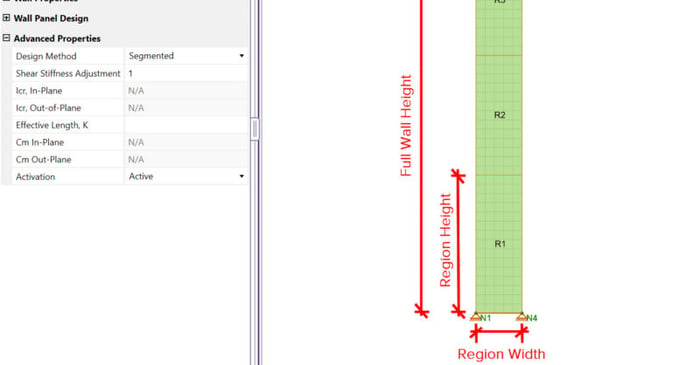
With the initial implementation of wood wall design in RISA-3D, the wall aspect ratio was calculated as the full height of the wall divided by the width of the region.This was intended to accommodate balloon framed multi-story walls that were drawn as one continuous wall stack. With recent...
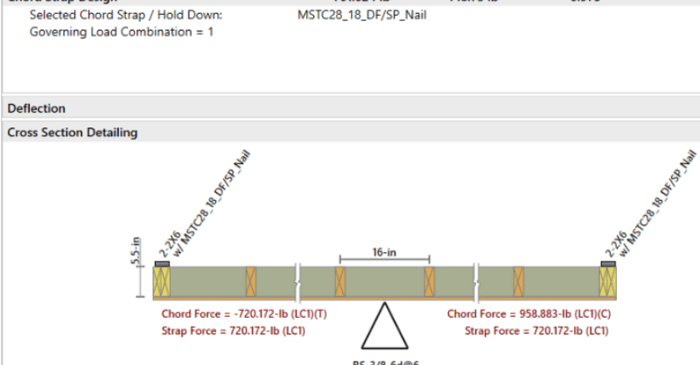
With the recent release of RISA-3D v17 the program now offers the user the option to use Chord Straps between floors of a wood shear wall building in lieu of using hold downs. Chord Straps are a great option for transferring tension load between floors of a multi-floor building and can be installed...
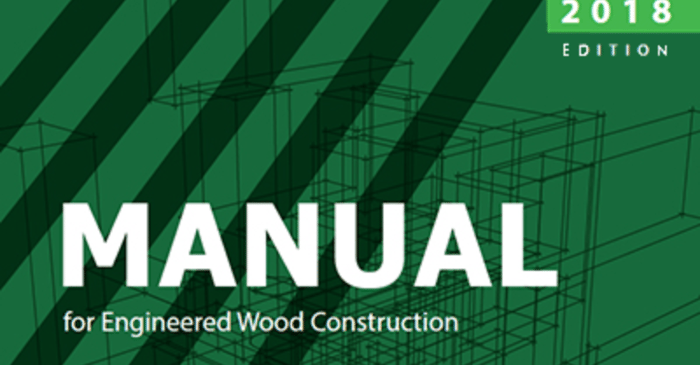
The new AWC NDS 2018 code has been implemented into RISA-3D v17.0 and RISAFloor v13.0. To select this code for your design, simply choose this code from the Codes tab within Model Settings.

The latest releases of RISAFloor and RISA-3D include the following updates to wood design per the Canadian codes:
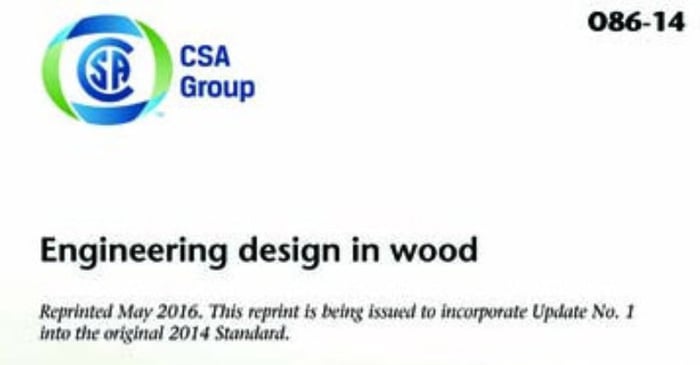
The new CSA O86-14 code has been implemented in RISA-3D v15.0 and RISAFloor v11.0
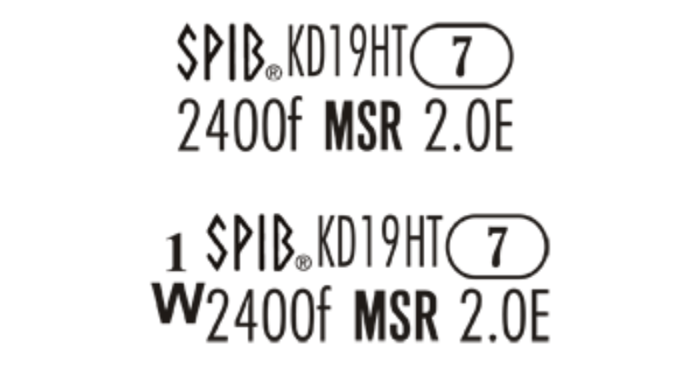
Mechanically graded wood materials have been added for the AWC NDS 2015 design code per Table 4C, and CSA O86-14 design code per tables 6.3.2 and 6.3.3. This specification includes the updated MEL and MSR design values.

The latest versions of RISA-3D and RISAFloor now incorporate the AWC NDS 2015. The new provisions have been implemented in RISA-3D v14.0 and RISAFloor v10.0 and can be utilized by selecting the AWC NDS-15: ASD from the Wood dropdown menu on the Codes tab of Model Settings.
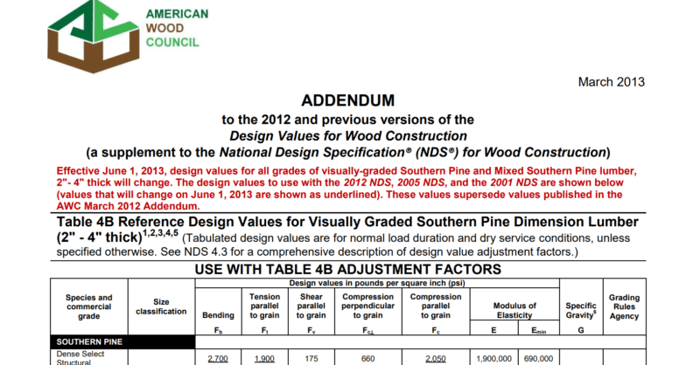
You may notice discrepancies in the wood design values when comparing RISA with the NDS 2012 and older versions of the code. The American Wood Council updated the wood design values in the Addendum, which supersede the values used in the NDS 2012 and previous versions of the Design Values for Wood...
Our monthly "Structural Moment" newsletter is the best way to keep up with RISA’s product updates, new releases, new features, training events, webinars and more...